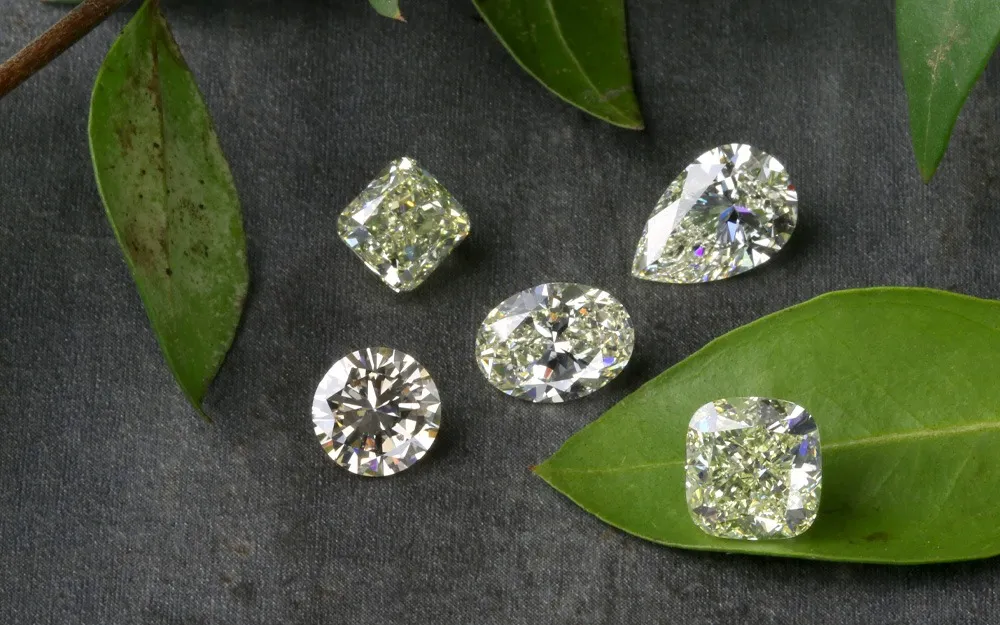Table of Contents
Introduction
What Are Diamonds?
Diamonds have captivated humanity for centuries with their unmatched brilliance and rarity. Formed deep within the Earth’s mantle under extreme pressure and temperature, these gemstones are essentially crystallized carbon. But their allure goes beyond their physical attributes. Their historical journey is as intriguing as their sparkling facets.
Why Study Their History?
Understanding the history of diamonds not only enriches our knowledge of this precious stone but also offers insights into human culture, trade, and technology. From ancient civilizations to modern-day innovations 다이아의 역사, diamonds have been intertwined with human progress and societal changes.
Ancient Beginnings
Early Use in Ancient India
The story of diamonds begins in ancient India, where they were first discovered and valued. Around 4th century BCE, diamonds were primarily used in India for their toughness and were considered symbols of power and protection. They were also believed to have mystical properties, guarding their wearers against evil.
Diamonds in Ancient Egypt
In Ancient Egypt, diamonds were less common but still admired. They were primarily used in religious artifacts and as symbols of divine power. Though the Egyptians didn’t cut diamonds as we do today, they understood the stone’s rarity and significance.
Greeks and Romans: The New World of Diamonds
When diamonds reached Greece and Rome, their popularity surged. Greek philosopher Plato described diamonds as “the tears of the gods,” reflecting their divine status. Roman society saw diamonds as symbols of eternal love and invincibility, integrating them into various forms of jewelry and decoration.
Medieval and Renaissance Era
Diamonds in Medieval Europe
The Middle Ages saw a shift in the perception of diamonds. They became symbols of wealth and status among European royalty and nobility. This period also marked the beginning of diamond cutting techniques, which evolved from rudimentary methods to more sophisticated processes.
The Role of Diamonds in Royalty
Diamonds became central to royal regalia and were used to showcase the power and opulence of monarchs. The British Crown Jewels, for instance, include some of the most famous diamonds in history, each with its own story of conquest and intrigue.
Technological Advancements in Cutting
The Renaissance brought about significant advancements in diamond cutting. Techniques like the table cut, which allowed for more light to enter the diamond, were developed. These innovations enhanced the gemstone’s brilliance and paved the way for the modern diamond cuts we admire today.
The Age of Exploration
Diamonds Discovered in Brazil
The discovery of diamonds in Brazil in the 18th century marked a new chapter in the diamond trade. Brazil quickly became a major supplier of diamonds, impacting the global market and shifting the balance of power in diamond trade from India to South America.
The Impact of the South African Discovery
In the late 19th century, the discovery of diamonds in South Africa revolutionized the industry. The vast quantities of diamonds found led to the establishment of powerful diamond companies and transformed the global diamond market. The discovery was so significant that it sparked a global rush for man made diamonds, influencing economies and geopolitics.
Diamond Rushes and Their Effects
The diamond rushes in South Africa and other regions led to significant social and economic changes. The influx of wealth led to rapid industrialization, while the diamond trade became a major driver of global commerce. However, these rushes also brought about social and environmental challenges.
The 20th Century Boom
De Beers and Market Control
In the 20th century, De Beers emerged as a dominant force in the diamond industry. By controlling diamond supply and creating the “A Diamond is Forever” marketing campaign, De Beers managed to establish diamonds as a symbol of eternal love, significantly boosting their desirability and market value.
The Rise of Synthetic Diamonds
The latter half of the 20th century saw the advent of synthetic diamonds, created in laboratories. These man-made diamonds have the same physical properties as natural ones but are produced at a lower cost. This innovation has brought both opportunities and challenges to the diamond industry.
Diamonds in Popular Culture
Diamonds have also found their way into popular culture, symbolizing wealth, romance, and glamour. From Marilyn Monroe’s famous song “Diamonds Are a Girl’s Best Friend” to their prominent role in films and fashion, diamonds have maintained their allure as cultural icons.
Modern-Day Diamonds
Ethical Sourcing and Lab-Grown Diamonds
Today, the diamond industry faces scrutiny over ethical sourcing. Concerns about conflict diamonds have led to increased transparency and the rise of lab-grown diamonds, which offer an ethical alternative without compromising on quality or beauty.
The Future of Diamond Industry
The future of the diamond industry is likely to be shaped by continued technological advancements and changing consumer preferences. With the growing demand for sustainable and ethical products, the industry is adapting to meet these new expectations while continuing to innovate.
Conclusion
The Enduring Appeal of Diamonds
From ancient symbols of power to modern tokens of love, diamonds have maintained their allure through the ages. Their history reflects not only the evolution of human society but also the timeless appeal of these extraordinary gemstones.
Reflecting on Their Historical Journey
Reflecting on the history of diamonds offers a fascinating glimpse into how these precious stones have influenced and been influenced by human culture and technology. As we look to the future, diamonds will undoubtedly continue to capture our imagination and hold a special place in our hearts.

